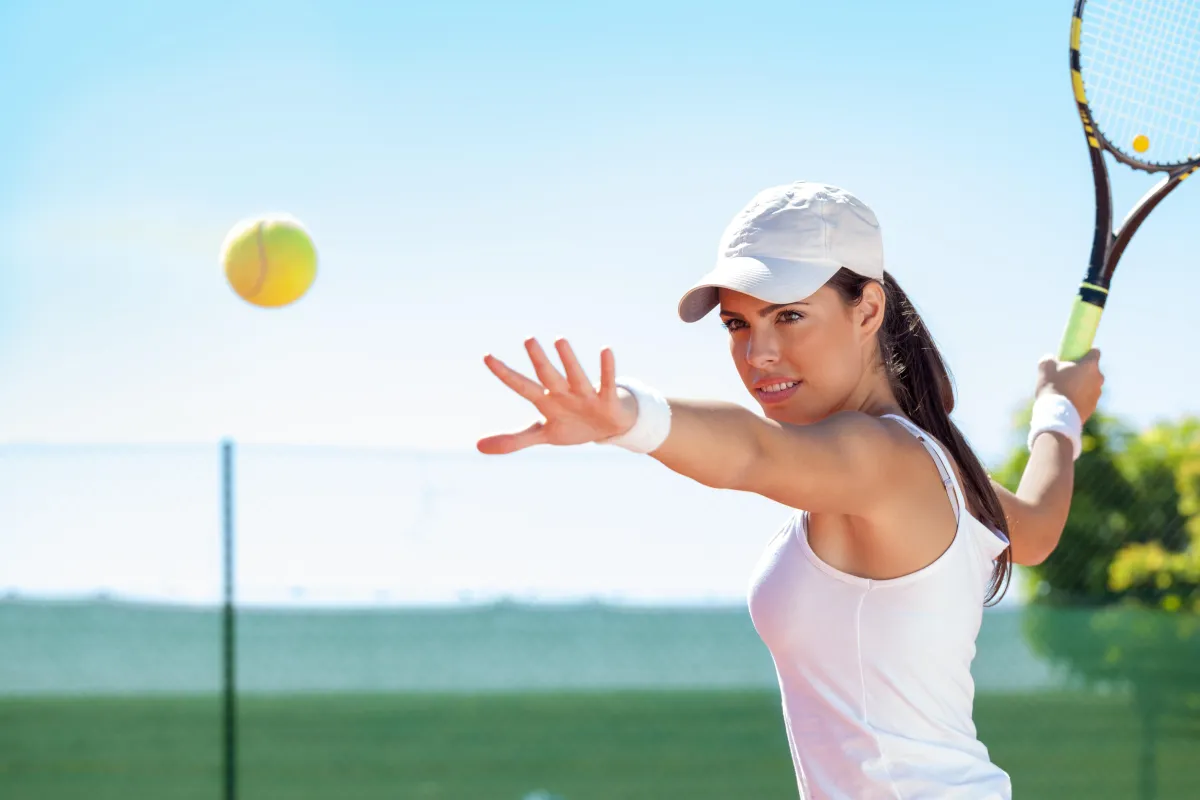
Preventing and Treating Common Tennis Injuries of the Lower Limbs
Quick Moves, Sharp Pain
Whether you're a casual club player or a competitive athlete, tennis puts your lower limbs under serious strain. Lateral movements, sudden sprints, and repetitive impact on hard courts can all contribute to injuries—especially if your biomechanics aren’t perfect or you're wearing the wrong footwear.
This blog explores the most common tennis-related lower limb injuries, how to spot them early, and the best ways to prevent and treat them so you can stay on court—and off the physio bench.
Why Tennis Takes a Toll on Your Legs and Feet
Tennis is a dynamic sport that involves:
Repeated acceleration and deceleration
Pivoting and directional changes
Jumping and lunging
These movements challenge your:
Calves and Achilles tendons
Plantar fascia and arches
Knees and quads
Ankle ligaments and peroneal tendons
Hard court surfaces amplify the impact, while sudden loads increase the risk of strains and sprains.
1. Achilles Tendinopathy
⚠️ What it is:
Microtears and degeneration of the Achilles tendon, often due to overuse or poor biomechanics.
🧠 Signs:
Morning stiffness
Pain during push-off or after matches
Thickening or tenderness at the back of the heel
✅ Prevention & Treatment:
Gradual loading with heel raises
Shockwave therapy for stubborn cases
Orthotics to reduce strain on the tendon
Regular calf stretching
2. Plantar Fasciitis
⚠️ What it is:
Inflammation of the fascia under the foot, caused by repetitive stress, poor footwear, or tight calf muscles.
🧠 Signs:
Sharp heel pain in the morning
Pain after long periods of play
Arch stiffness
✅ Prevention & Treatment:
Supportive shoes with cushioning
Custom orthotics to redistribute pressure
Class IV laser therapy
Stretching before and after play
3. Medial Tibial Stress Syndrome (Shin Splints)
⚠️ What it is:
Inflammation of muscles, tendons, and bone tissue around the tibia.
🧠 Signs:
Dull, aching pain in the lower leg
Worse with running or change in surface
Tenderness along the shinbone
✅ Prevention & Treatment:
Gradual build-up in training intensity
Strengthening the tibialis posterior and glutes
Custom insoles to reduce overpronation
Ice and rest in acute phases
4. Patellofemoral Pain Syndrome (Runner’s Knee)
⚠️ What it is:
Pain around the kneecap due to misalignment or overuse.
🧠 Signs:
Pain during squats or stair climbing
Aching after long rallies
Clicking or grinding sensation
✅ Prevention & Treatment:
Glute and quad strengthening
Gait assessment and orthotics if flat feet are a factor
Tape or bracing if needed
Avoiding deep lunges until pain subsides
5. Ankle Sprains and Instability
⚠️ What it is:
Injury to the lateral ligaments from twisting or rolling the ankle.
🧠 Signs:
Swelling and bruising
Reduced balance
Recurring ‘giving way’ sensation
✅ Prevention & Treatment:
Proprioceptive balance exercises
Bracing or taping during sport
Custom orthotics for stability
Avoiding uneven surfaces when returning to play
The Role of Footwear and Orthotics
Your shoes should:
Match the court surface
Provide adequate lateral support
Offer cushioning under the heel and ball of foot
Orthotics can:
Control excess pronation
Improve alignment
Reduce load on vulnerable areas
Players with flat feet, high arches, or previous injuries benefit significantly from a podiatric review and custom support.
Rehabilitation Options at We Fix Feet
For persistent or recurrent lower limb injuries, our podiatry and MSK team may recommend:
Biomechanical assessments
Radial and Focussed Shockwave Therapy
Class IV Laser Therapy
Sports-specific rehab exercises
3D-printed custom orthoses
These treatments are often part of a comprehensive recovery plan tailored to your sporting demands.
Final Thoughts: Play Smarter, Not Sorer
Tennis should be a joy—not a pain.
Understanding the unique strain it places on your lower limbs means you can take steps to prevent common injuries before they stop you playing.
With the right combination of support, footwear, strength training, and professional advice, you can:
Stay injury-free
Improve performance
Keep enjoying your game for years to come
🎾 Ready to get assessed? Visit www.wefixfeet.co.uk or call 0115 9328832 to book an injury prevention or recovery appointment.
Ask The We Fix Feet Team
Fill in the form to request a Call From Our Team
One of our team will call you for FREE and answer any questions or concerns you may have about your uncomfortable foot condition

Where To Find We Fix Feet
Our We Fix Feet podiatry clinics are conveniently located in Ilkeston, Derbyshire and Beeston, Nottinghamshire
Open: Mon-Fri 09:00-17:00 / Sat 09:00-13:00
94 Bath Street, Ilkeston, Derbyshire DE7 8FE
8 Wollaton Road, Beeston, Nottinghamshire NG9 2NR
Pay and display parking nearby




